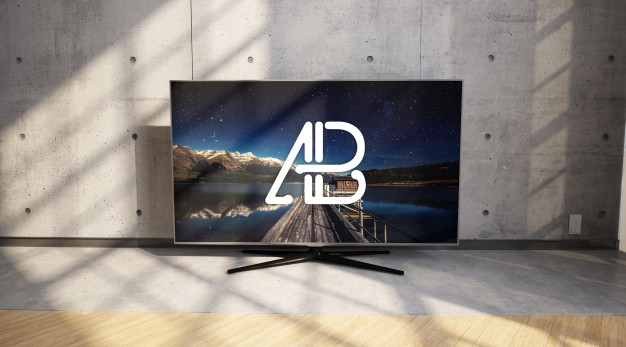The Article Series
In the series TV advertising for first time advertisers, we have covered the following topics till date:
- TV Advertising Facts & Figures: Useful facts and figures about television viewership and advertising in India, curated from reports by leading bodies like BARC, TAM, and EY.
- TV Campaign Measurement Terms Explained: How TV programs and campaign viewership are measured in India and some relevant terms that can help advertisers know more about the TV viewership measurement.
- Data-driven Television Campaign Planning: The process of television advertising planning in brief and also explore how data obtained from authentic bodies like BARC can help us in making the right choice about television campaign planning
- Competitor Analysis Report: How a competitor analysis report can help brands understand the advertising strategy followed by the top players in the category.
- How a post-evaluation report can help brands optimize their TV campaigns- A case study: An example of how the insights obtained from a post-evaluation report helped a popular board game app up its game in the regional markets.
- How can channel share report help brands understand their target audience’s viewership preference: How brands can use channel share report, time band report as well as program report to understand the viewership behavior of their target audience and accordingly, select the channels to run their ads on.
- TV Advertising: A quick guide to help you decide which regions and genres you should advertise in: Analysis of past advertising data from BARC to understand how brands in different sectors distribute their ads across languages and genres.
Introduction
One of the most common questions we are asked by the television advertisers is:
How long should my television ad be?
While we have tried to look for relevant information around it, there’s not much information about it especially for Television Advertising in India. Hence, we decided to come up with this article series. If you are a first time television advertiser, we would advise you to read our previous articles that would be helpful in understanding how data-driven television advertising campaign takes place. You would get detailed insights into how to make the best use of television advertising with the help of historic TV advertising reports published by BARC.
Coming back to the question, in this article, we have tried to find out the answers by analyzing television advertising data for 8 weeks starting from 1st August 2020. Additionally, we have also tried to segregate the findings based on sector, languages and channel genres. Against each sector, language and genre, we collected advertising data for all the brands and noted down the following numbers:
- Minimum and Maximum Value: These are the minimum and maximum numerical value of ad duration among all brands in a given category, language and genre. Please do note that most of the channels allow ads of length 10 sec to 2 minutes.
- Median Value: Median value refers to the middle value in a sorted list. This value remains unaffected by presence of outliers hence works as a better indicator of a value range.
- Mode Value: Mode is the value that appears most frequently in a data set. Mode value is important here because this value would signify the most usual value used by the advertisers.
But before we let ourselves become overwhelmed with data, let’s have a look at some findings from two relevant articles handpicked by us. These articles might not be the exact fit for us but the arguments presented in these articles have universal applicability.
TV Ad Length: Secondary Research
Article#1: On Voices.com
This article takes help of science to explain how effective ads work on human minds to facilitate brand recall. According to the article, an effective ad triggers some response in all the following memory systems present inside the brain:
- Semantic: Semantic memory is the part where knowledge-based memories are stored. Example: facts, languages etc.
- Episodic: Episodic memory is the part where emotion-based memories are stored. Example: life events, anecdotes, etc.
- Procedural or Somatic: This is the part where action-based memories are stored. Example: Driving, Cooking, Playing music, etc.
So, would a 15-second ad trigger all the three memory system at the same time? The article says- it’s unlikely for a single 15-sec ad to achieve this in such a short time. One approach can be creating 3 different creatives to target each memory system however, if budget is the reason why advertisers are going for a 15-sec ad, then having a 30-sec long ad increases the chances.
Okay, so wouldn’t a 60-sec ad work the best? The article asks its readers to consider a 60-sec long ad with much caution. 60-sec ads are long and tend to bore the audience. An average audience loses interest by the end of 45-sec and it affects adversely on the brand recall.
To conclude the finding of this article, 30-sec is the ideal commercial length.
So, do we want to say that ads shorter than 30-sec don’t work? Well, with television threatened by on-demand video services that are available 24*7 and in case of paid subscription, are ad-free, the rise of short format ads- 5-6 sec, 10 sec, etc are in demand too. A number of brands like to use the same video ad on both television and digital platforms. In this case, how do shorter ads work? Our next article would help us understand this.
Article #2: on Think With Google
This article chronicles YouTube’s experiments with creatives of different ad lengths for Netflix Singapore’s launch of new season of “Orange Is The New Black”. The following ad lengths were used:
- 30-sec long trailer video (Trueview ad)
- 15-sec long teaser video (Trueview ad)
- 6-sec long bumper video (Bumper ad)
Following were the effects of the different types of ads:
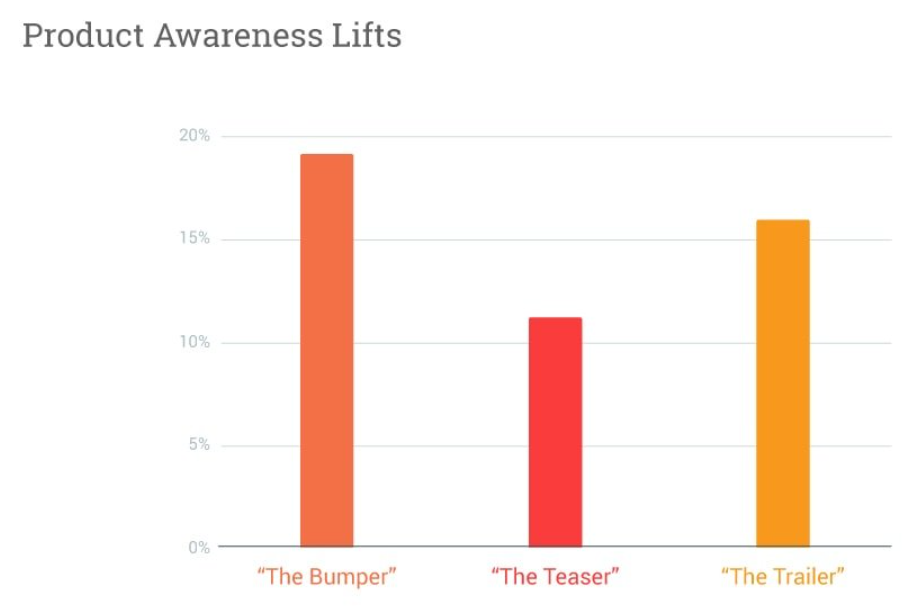
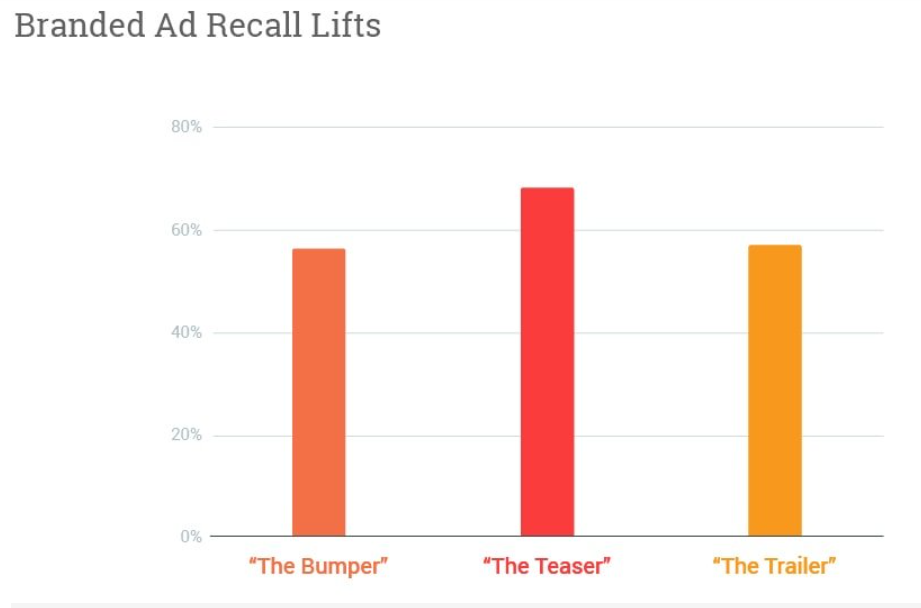
To conclude, following strategy was suggested by YouTube and several brands use different edit lengths of the same television ad creative:
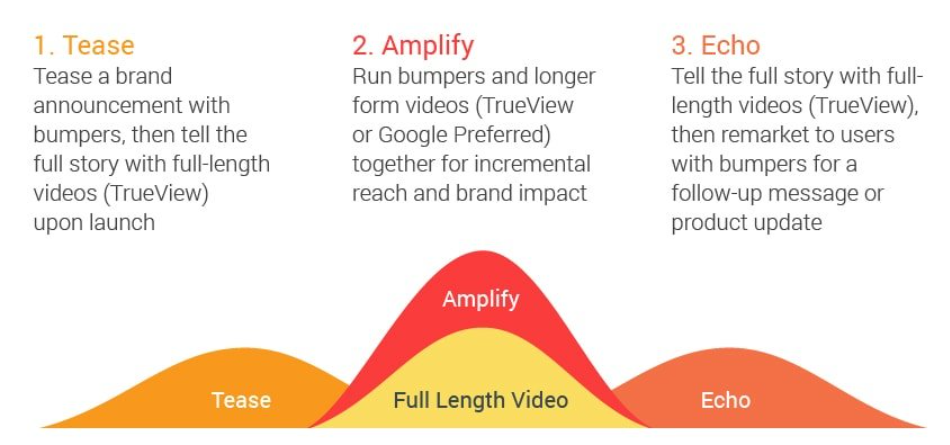
Analyzing Past TV Campaigns Data
Now that we have some theory-based insights on the topic, let’s delve deeper into the data we have and have a look at the distribution of average creative duration across brands in the data set obtained:

As you can see in the chart above, maximum ads are between 11 and 20 seconds long followed by below 10 seconds long ads.
Also, let’s look at how ad lengths vary based on product categories:
| Sector | Max Length | Min Length | Median Length | Mode Length |
| Agriculture | 38 | 5 | 15 | 10 |
| Automobile | 282 | 5 | 20 | 20 |
| Baby Care | 29 | 10 | 17 | 10 |
| BFSI | 120 | 5 | 20 | 10 |
| Building | 235 | 5 | 13 | 10 |
| Computers | 60 | 10 | 28 | 10 |
| Corporate | 155 | 5 | 15 | 10 |
| Cosmetics | 20 | 10 | 15 | 15 |
| Durables | 85 | 5 | 15 | 10 |
| Education | 346 | 5 | 18 | 10 |
| Food & Beverages | 80 | 5 | 15 | 10 |
| Fuel | 31 | 6 | 18 | 10 |
| Hair Care | 35 | 5 | 19 | 10 |
| Household Products | 99 | 5 | 15 | 10 |
| Laundry | 45 | 5 | 15 | 10 |
| Media | 269 | 5 | 26 | 10 |
| Personal Accessories | 277 | 5 | 20 | 10 |
| Personal Care | 51 | 5 | 18 | 20 |
| Personal Healthcare | 95 | 5 | 14 | 10 |
| Retail | 80 | 5 | 15 | 10 |
| Services | 395 | 5 | 18 | 10 |
| Telecom Products | 30 | 5 | 22 | 30 |
| ISP | 45 | 5 | 27 | 15 |
| Textiles | 40 | 5 | 14 | 10 |
While the maximum value for ads across categories varied, clearly showing that they were outliers, for most categories, the median value was close to 15 and mode value was 10 seconds.
After checking out the various ad lengths across product categories, we decided to check if their is any variance across ad lengths on the basis of languages and genres:
| Language | Max Length | Min Length | Median Length | Mode Length |
| Bengali | 302 | 5 | 18 | 10 |
| English | 250 | 5 | 20 | 20 |
| Hindi | 463 | 5 | 20 | 10 |
| Kannada | 305 | 5 | 18 | 10 |
| Malayalam | 337 | 5 | 17 | 10 |
| Marathi | 250 | 5 | 20 | 10 |
| Tamil | 277 | 5 | 20 | 10 |
| Telugu | 395 | 5 | 20 | 20 |
While the minimum value and mode value remain the same across product categories and language, median value for ad lengths across languages are close to 20 seconds.
| Genre | Max Length | Min Length | Median Length | Mode Length |
| Devotional | 315 | 5 | 20 | 10 |
| GEC | 396 | 5 | 20 | 10 |
| Infotainment | 260 | 5 | 20 | 20 |
| Kids | 178 | 5 | 20 | 20 |
| Movies | 295 | 5 | 20 | 20 |
| Music | 273 | 5 | 20 | 20 |
| News | 463 | 5 | 16 | 10 |
| Sports | 155 | 5 | 16 | 10 |
Similar to ad lengths across languages, ad lengths across channel genres also show a minimum value of 5 seconds, and median value close to 20 sec.
Conclusion
Summarizing the above findings, here are the graphical representation of the mode value of the creative duration segregated into categories, languages and channel genres.
Distribution of Creative Duration mode value based on categories
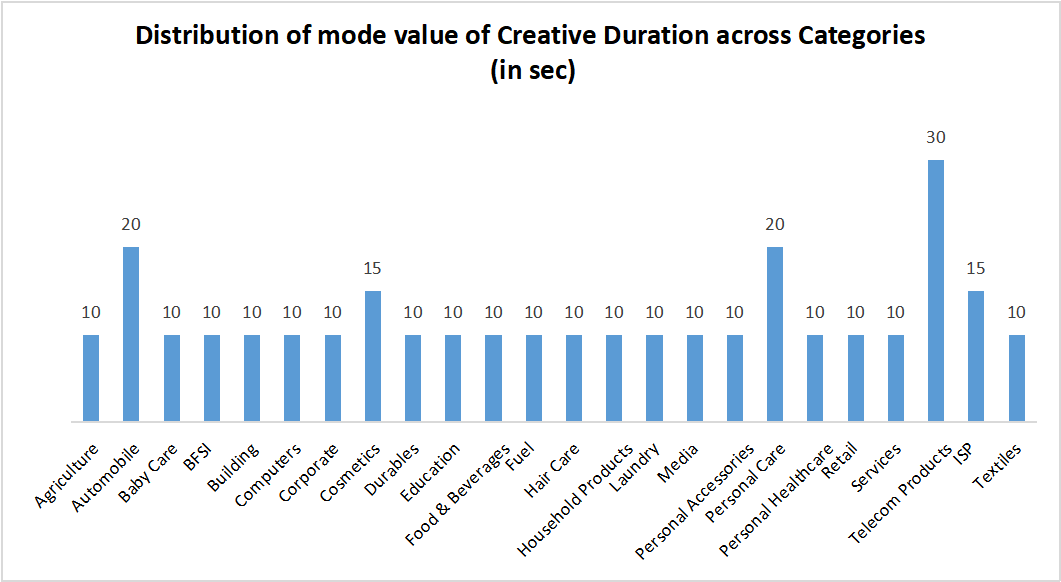
Distribution of Creative Duration mode value based on languages

Distribution of Creative Duration mode value based on channel genres

When we carried out this analysis, we expected to see a major variation in the average creative duration across product categories but this set of data didn’t show any major variation. However we had the following two observations:
1- Categories that have complex (having complex specifications) or technical products have longer median ad lengths. For example:
Computers (28 sec), Telecom/ISP Providers (27 sec), Media (26 sec), Telecom Products (22 sec), Automobile and BFSI (20 sec)
while simpler products like textiles and Personal Healthcare (14 sec), Retail, Laundry and Household Products (15 sec) have lower median ad lengths.
2. Genres that cater to younger audiences like Kids, Infotainment, Music, and Movies have higher median value for ad length as compared to other genres like GEC, Devotional, News, and Sports.
Having said that, going forward we will analyze more data sets to come to a conclusion regarding the above mentioned observations.
Check out this space for more information on television advertising. In case you have a query regarding television advertising, let us know in the comment section or send us a mail at Help@TheMediaAnt.com.

